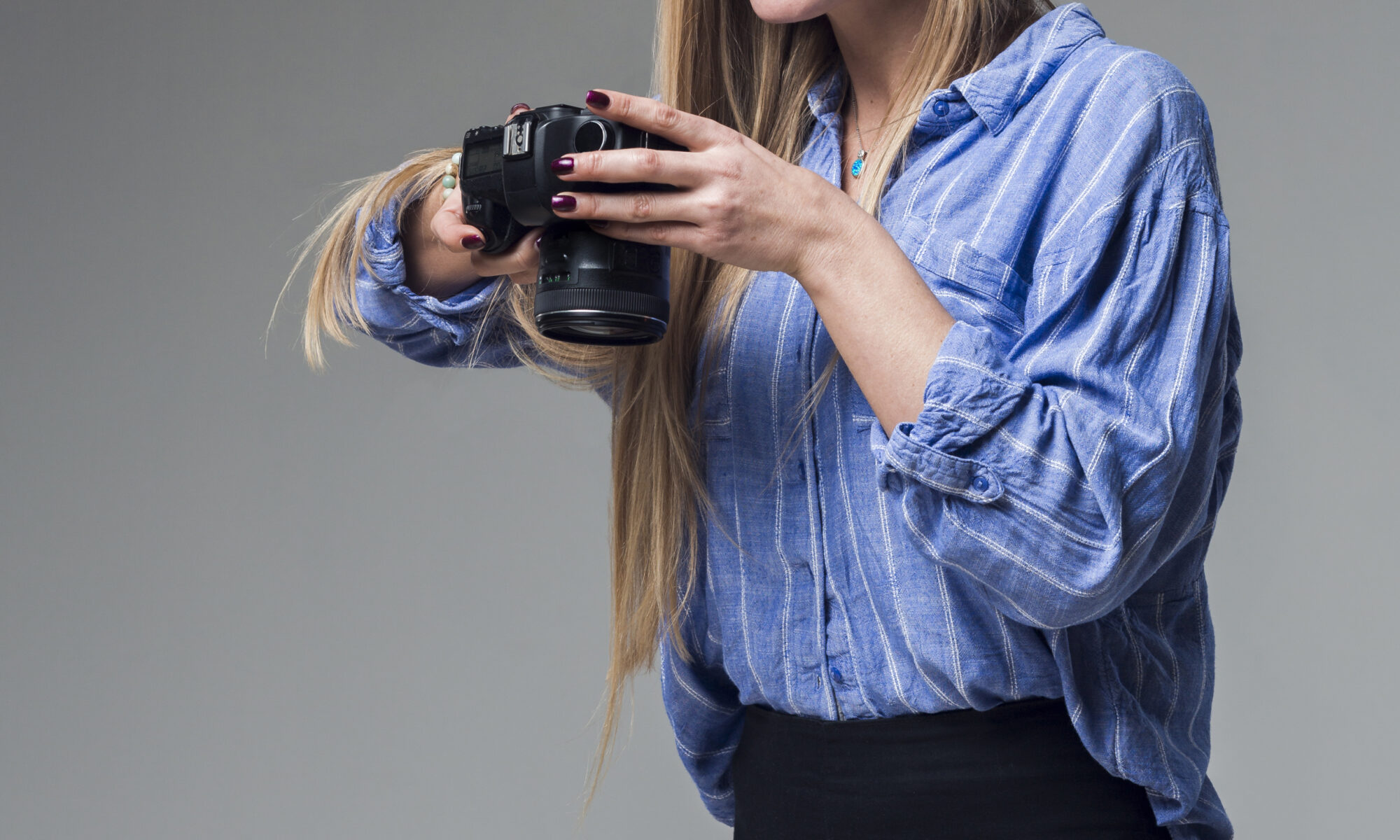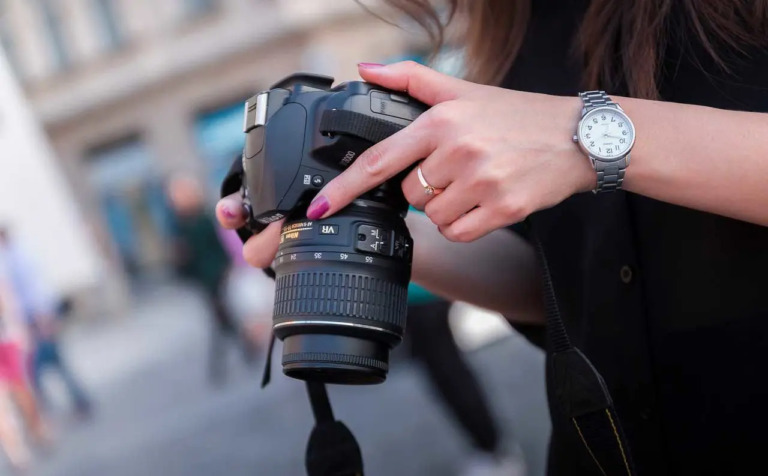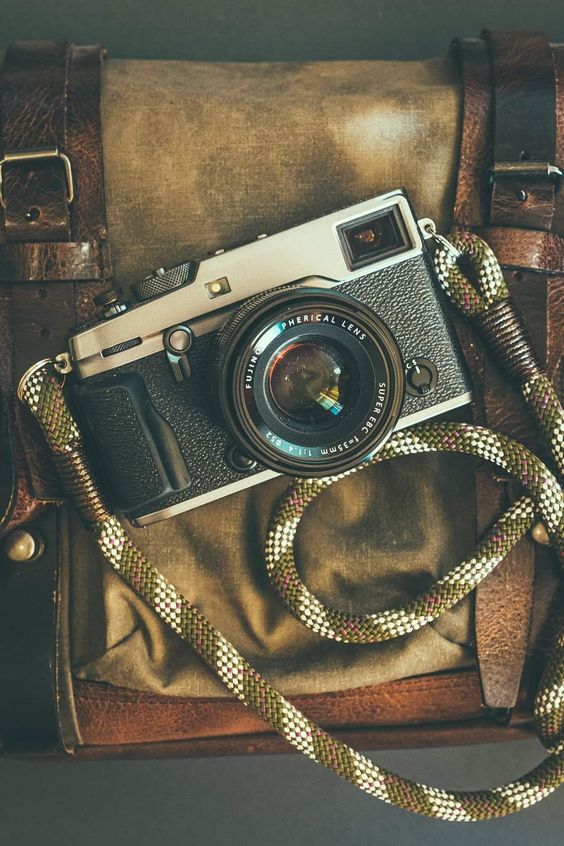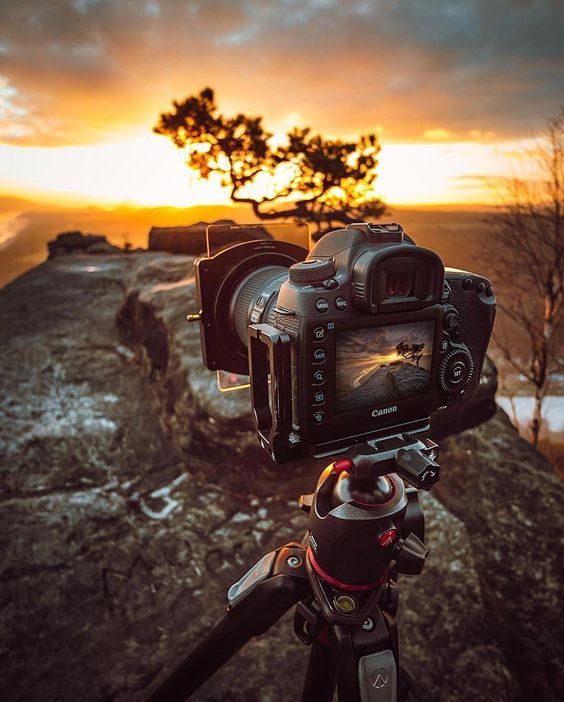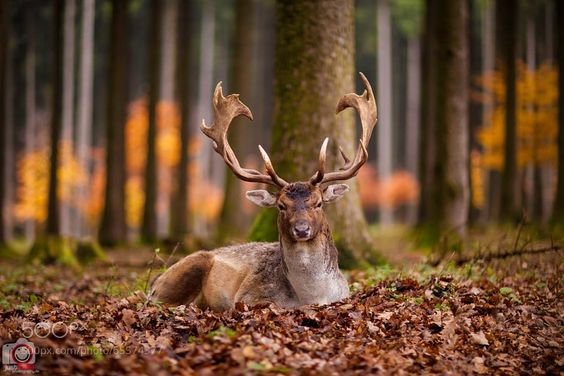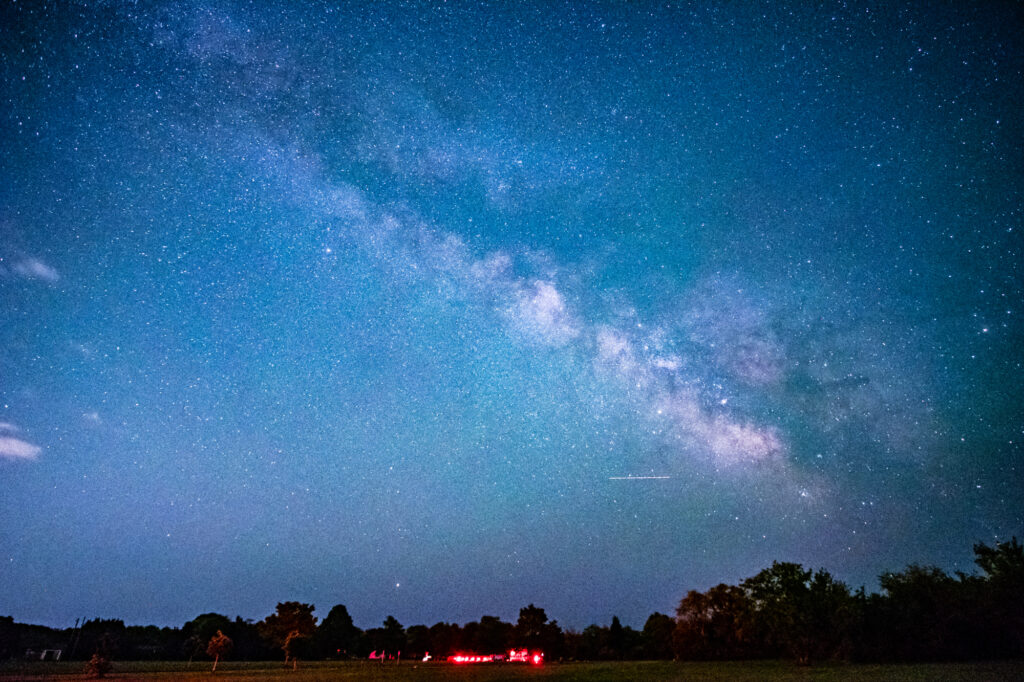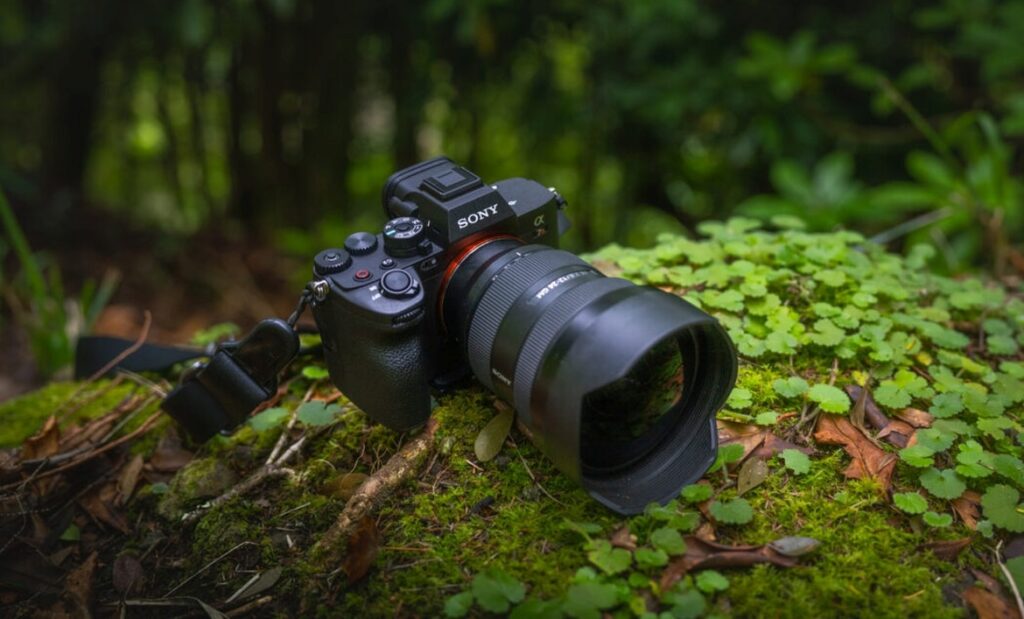Digital photography has made photography more accessible to a wider audience and is also fun. However, there’s still a ton of stuff to learn in it. While you don’t need expensive camera equipment to take nice photos, some blame their cameras when their photos don’t turn out the way they want. So, for people feeling that way, what steps can help enhance their photography? This article presents useful and essential tips for beginner photographers. If you want to learn more about photography fundamentals and develop your abilities, read what Yvetter Heiser says in this article. Also, read Yvette Heiser Texas – The Art of Seeing: Mastering the Basics of Photography to learn photography in detail.
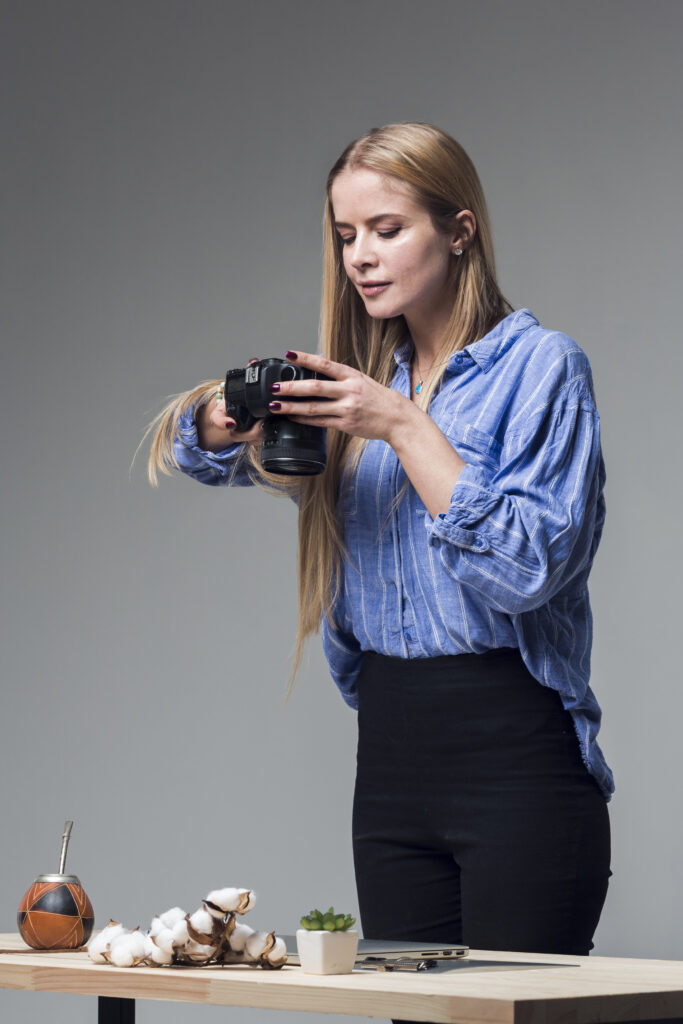
Yvette Heiser’s tips to master photography:
Know your camera
Understanding the capabilities of your photography equipment is the best method to make the most of it. You can pick up a lot of photography knowledge by playing around with your camera and reading the instructions. Knowing what your camera is capable of will make it simple to generate the desired photographs.
Continuous practice
This is a simple method for beginning your photography journey. Start carrying a camera with you, and capture every moment on camera wherever you go. Try different things at different times of day and in various places. If you thought you wanted to take model photos, you might be startled by accidentally realizing that you enjoy landscape photos. You just never know when it comes to photography.
Learn the basics
Learning the technical details is the most important step for beginning photographers. Some important areas to master are depth of field, aperture, shutter speed, ISO, composition, and exposure. Many free and paid materials are available online for learning about the technical aspects of photography.
After you’ve mastered the fundamentals, you can unleash your imagination and discover fresh perspectives, so make the most of those tools. All you need to worry about is being able to operate the camera’s ISO, shutter speed, zoom, and other settings.
If you learn the basics, you’ve already made progress toward becoming a professional. After familiarizing yourself with them, testing your photography knowledge and pinpointing areas that may require further practice is advised.
Create a plan or system to organize your photos and keep them safe.
Organizing your image files is one of the most crucial advice for inexperienced photographers. Planning from the start is better because you’ll snap many pictures. Apart from that, for a digital photographer, nothing is worse than a computer crash. If everything isn’t backed up, you can lose everything. Use a simple and fast photography management software to store and review all your photographs.
Learn about post-processing
The most significant aspect of photography is correcting or enhancing digital photos after they have been taken. Expert photographers invest several hours using editor software to obtain high-quality photographs.
Before studying post-processing techniques, you should understand the fundamentals of photography and picture editing, such as changing brightness, contrast, saturation, and color balance. Then, try out various tools and methods to create your own style and workflow.
Final thoughts Hopefully, you now understand how to get into photography as a beginner. Remember to enjoy photography while learning it. You can also read Yvette Heiser talks about-How Photography Has Evolved Over the Years to learn the history of photography.

